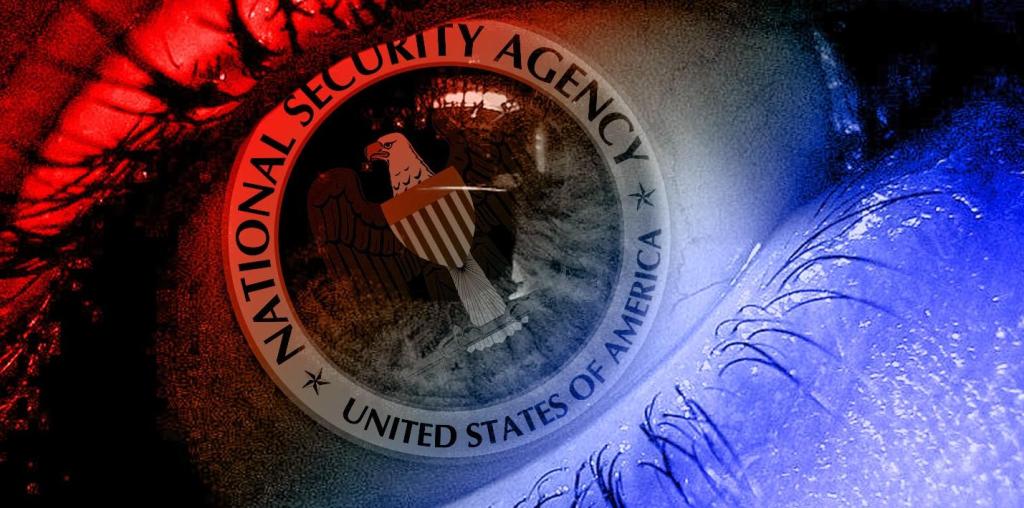The annual report from the United States National Security Agency (NSA) has been released, summarizing its efforts throughout the year in countering cyber threats. The comprehensive document outlines collaborative initiatives with government partners, foreign counterparts, and defense industrial base (DIB) entities aimed at enhancing national security.
According to the report, the NSA successfully thwarted 10 billion user connections to known malicious or suspicious domains. Emphasizing its commitment to safeguarding the nation’s critical systems, the NSA extends its cybersecurity measures by sharing solutions through public guidance and collaborating with key technology vendors to bolster the security of their products and services.
The agency notes a remarkable 400% increase in the adoption of its free cybersecurity services by Department of Defense contractors, with over 600 organizations enlisted this year. Notably, the NSA upgraded its vulnerability scanning program, uncovering 1.3 million security flaws, identifying over 300,000 Internet-accessible assets for participating DIB entities, and issuing more than 500 vulnerability notifications to partners.
In the realm of product development, the NSA introduced six security products in 2023, targeting threats to the communications, DIB, and information technology sectors. These products address concerns related to supply chain security, 5G network security, and identity and access management.
The NSA remains vigilant, monitoring 70 nation-state-sponsored cybercriminal groups and reporting on various campaigns, including those targeting the DIB, some exploiting zero-day vulnerabilities. Additionally, the agency champions the secure development, adoption, and integration of artificial intelligence (AI) through its recently established AI Security Center. This center focuses on understanding adversaries’ use of AI and their tactics in attacking AI systems.
Throughout the year, the NSA continued its commitment to public safety by providing cybersecurity advisories, publishing indicators of compromise (IoC) associated with observed malicious activities. The agency executed the U.S. government’s strategy by transitioning vulnerable cryptographic systems to more resilient cryptography and dedicated efforts to research and enhance its cyberwarfare capabilities.





Leave a comment